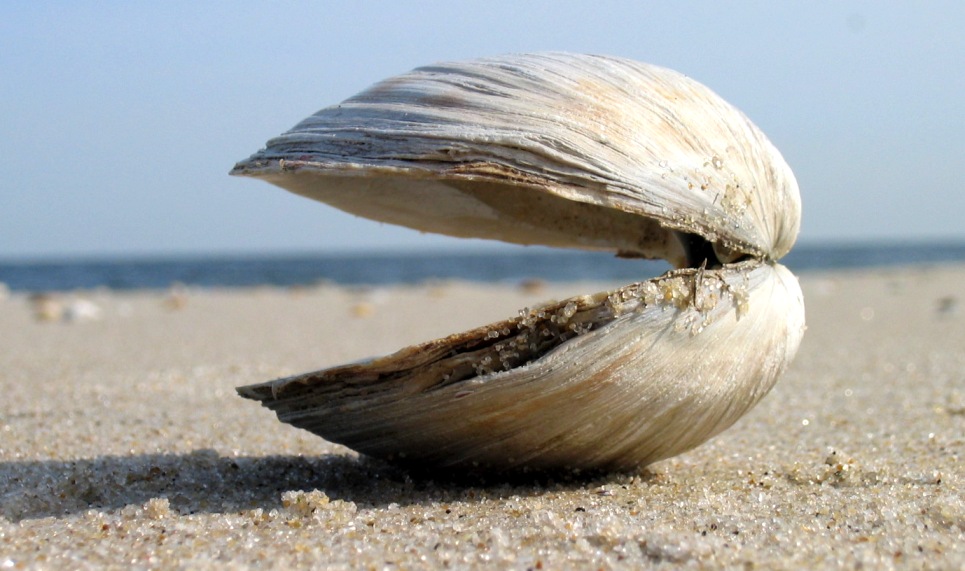|
Condylocardia
''Condylocardia'' is a genus of marine clam Clam is a common name for several kinds of bivalve mollusc. The word is often applied only to those that are deemed edible and live as infauna, spending most of their lives halfway buried in the sand of the sea floor or riverbeds. Clams h ...s in the family Condylocardiidae. It is sometimes placed in the subfamily Condylocardiinae. It was described in 1896 by F. Bernard, along with its type species '' Condylocardia sanctipauli''. Species the genus has 28 species: References External links * Condylocardiidae Bivalve genera Taxa described in 1896 {{bivalve-stub ... [...More Info...] [...Related Items...] OR: [Wikipedia] [Google] [Baidu] |
Condylocardiidae
Condylocardiidae is a family of small marine bivalve clams of the order Order, ORDER or Orders may refer to: * A socio-political or established or existing order, e.g. World order, Ancien Regime, Pax Britannica * Categorization, the process in which ideas and objects are recognized, differentiated, and understood ... Carditida. Genera * '' Benthocardiella'' Powell, 1930 * '' Carditella'' E. A. Smith, 1881 * '' Carditopsis'' E. A. Smith, 1881 * '' Condylocardia'' Bernard, 1896 * '' Condylocuna'' Iredale, 1896 * '' Cuna'' Hedley, 1902 References * * Powell A. W. B., ''New Zealand Mollusca'', William Collins Publishers Ltd, Auckland, New Zealand 1979 {{Taxonbar, from=Q2992384 Bivalve families Taxa named by Jean-Baptiste Lamarck ... [...More Info...] [...Related Items...] OR: [Wikipedia] [Google] [Baidu] |
Species
A species () is often defined as the largest group of organisms in which any two individuals of the appropriate sexes or mating types can produce fertile offspring, typically by sexual reproduction. It is the basic unit of Taxonomy (biology), classification and a taxonomic rank of an organism, as well as a unit of biodiversity. Other ways of defining species include their karyotype, DNA sequence, morphology (biology), morphology, behaviour, or ecological niche. In addition, palaeontologists use the concept of the chronospecies since fossil reproduction cannot be examined. The most recent rigorous estimate for the total number of species of eukaryotes is between 8 and 8.7 million. About 14% of these had been described by 2011. All species (except viruses) are given a binomial nomenclature, two-part name, a "binomen". The first part of a binomen is the name of a genus to which the species belongs. The second part is called the specific name (zoology), specific name or the specific ... [...More Info...] [...Related Items...] OR: [Wikipedia] [Google] [Baidu] |
Clam
Clam is a common name for several kinds of bivalve mollusc. The word is often applied only to those that are deemed edible and live as infauna, spending most of their lives halfway buried in the sand of the sea floor or riverbeds. Clams have two shells of equal size connected by two adductor muscles and have a powerful burrowing foot. They live in both freshwater and marine environments; in salt water they prefer to burrow down into the mud and the turbidity of the water required varies with species and location; the greatest diversity of these is in North America. Clams in the culinary sense do not live attached to a substrate (whereas oysters and mussels do) and do not live near the bottom (whereas scallops do). In culinary usage, clams are commonly eaten marine bivalves, as in clam digging and the resulting soup, clam chowder. Many edible clams such as palourde clams are ovoid or triangular; however, razor clams have an elongated parallel-sided shell, suggesting ... [...More Info...] [...Related Items...] OR: [Wikipedia] [Google] [Baidu] |
Australian Faunal Directory
The Australian Faunal Directory is an online catalogue of taxonomic and biological information on all animal species known to occur within Australia. It is a database produced by the Department of Climate Change, Energy, the Environment and Water of the Government of Australia. By May 12, 2021, the directory had collected information on about 126,442 species and subspecies In Taxonomy (biology), biological classification, subspecies (: subspecies) is a rank below species, used for populations that live in different areas and vary in size, shape, or other physical characteristics (Morphology (biology), morpholog .... It includes the data from the discontinued ''Zoological Catalogue of Australia'' and is regularly updated. Started in the 1980s, its goal is compile a "list of all Australian fauna including terrestrial vertebrates, ants and marine fauna" and create an "Australian biotaxonomic information system".''Commonwealth Record'', Volume 5, issues 26–34, p. 1282. Australi ... [...More Info...] [...Related Items...] OR: [Wikipedia] [Google] [Baidu] |
Bivalve Genera
Bivalvia () or bivalves, in previous centuries referred to as the Lamellibranchiata and Pelecypoda, is a class of aquatic molluscs (marine and freshwater) that have laterally compressed soft bodies enclosed by a calcified exoskeleton consisting of a hinged pair of half-shells known as valves. As a group, bivalves have no head and lack some typical molluscan organs such as the radula and the odontophore. Their gills have evolved into ctenidia, specialised organs for feeding and breathing. Common bivalves include clams, oysters, cockles, mussels, scallops, and numerous other families that live in saltwater, as well as a number of families that live in freshwater. Majority of the class are benthic filter feeders that bury themselves in sediment, where they are relatively safe from predation. Others lie on the sea floor or attach themselves to rocks or other hard surfaces. Some bivalves, such as scallops and file shells, can swim. Shipworms bore into wood, clay, or stone an ... [...More Info...] [...Related Items...] OR: [Wikipedia] [Google] [Baidu] |

